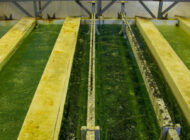Industrial wastewater and air treatment
You can search articles by category
Or you can search by keyword
Latest posts
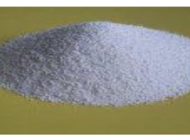 Industrial wastewater treatment and valorization for the recovery of ammonium sulfateReal example of wastewater valorization in a paper production factory that recovers a valuable and marketable resource such as ammonium sulfate from its industrial effluents.
Industrial wastewater treatment and valorization for the recovery of ammonium sulfateReal example of wastewater valorization in a paper production factory that recovers a valuable and marketable resource such as ammonium sulfate from its industrial effluents.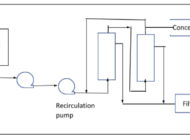 Filtration through ceramic membranes for industrial water treatmentDesign, installation and application of filtration ceramic membranes for the treatment of industrial process water and industrial effluents.
Filtration through ceramic membranes for industrial water treatmentDesign, installation and application of filtration ceramic membranes for the treatment of industrial process water and industrial effluents.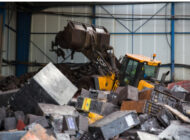 Lead-acid battery recycling through effluent treatment and waste valorizationOverview of the different technologies for the treatment of wastewater generated in the washing of spent lead-acid batteries and for the recycling of heavy metals dissolved in the effluent.
Lead-acid battery recycling through effluent treatment and waste valorizationOverview of the different technologies for the treatment of wastewater generated in the washing of spent lead-acid batteries and for the recycling of heavy metals dissolved in the effluent. Thermal Degasification for the treatment of process water for industrial boilersThermal degasification is used to obtain ultra pure feedwater for industrial heaters and eliminate the dissolved gases in the demineralized water.
Thermal Degasification for the treatment of process water for industrial boilersThermal degasification is used to obtain ultra pure feedwater for industrial heaters and eliminate the dissolved gases in the demineralized water.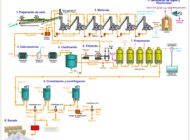 Sugar recovery from syrup demineralisation effluentIndustries are increasingly aware of the need to treat the effluents and waste they produce and optimise their management to reduce their costs and protect the environment; in fact, the trend is to consider them as part of their production processes.
Sugar recovery from syrup demineralisation effluentIndustries are increasingly aware of the need to treat the effluents and waste they produce and optimise their management to reduce their costs and protect the environment; in fact, the trend is to consider them as part of their production processes.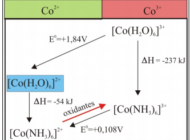 Nickel / cobalt mining extraction proceduresMining of these metals, together with others technologically associated with electronic advances, is being reactivated to guarantee growing supplies; especially for the fields of batteries, computers, hybrid and electric vehicles.
Nickel / cobalt mining extraction proceduresMining of these metals, together with others technologically associated with electronic advances, is being reactivated to guarantee growing supplies; especially for the fields of batteries, computers, hybrid and electric vehicles.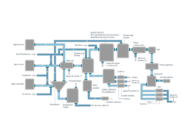 Water recovery in the soft drinks industryAlthough each soft drink factory may bottle different products, there are a series of common processes in its manufacturing lines to generalize a basic scheme relating to the consumption of water of different quality depending on its application.
Water recovery in the soft drinks industryAlthough each soft drink factory may bottle different products, there are a series of common processes in its manufacturing lines to generalize a basic scheme relating to the consumption of water of different quality depending on its application. Plants for nuclear fuel reprocessing and management: PUREX processSpent nuclear fuel gets removed at the end of its burnup cycle. The PUREX process treats the spent nuclear fuel in order to reuse uranium and plutonium.
Plants for nuclear fuel reprocessing and management: PUREX processSpent nuclear fuel gets removed at the end of its burnup cycle. The PUREX process treats the spent nuclear fuel in order to reuse uranium and plutonium.
